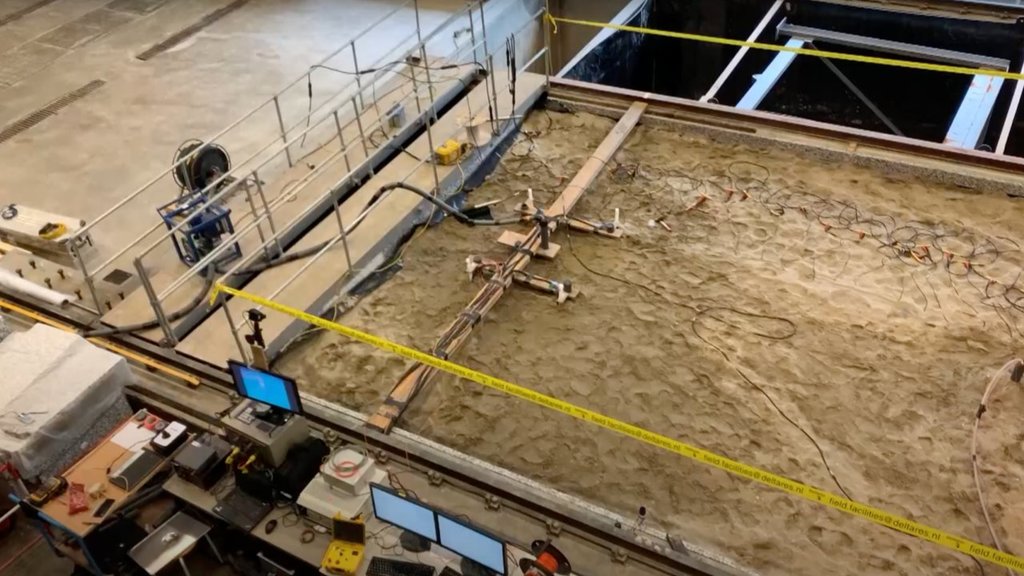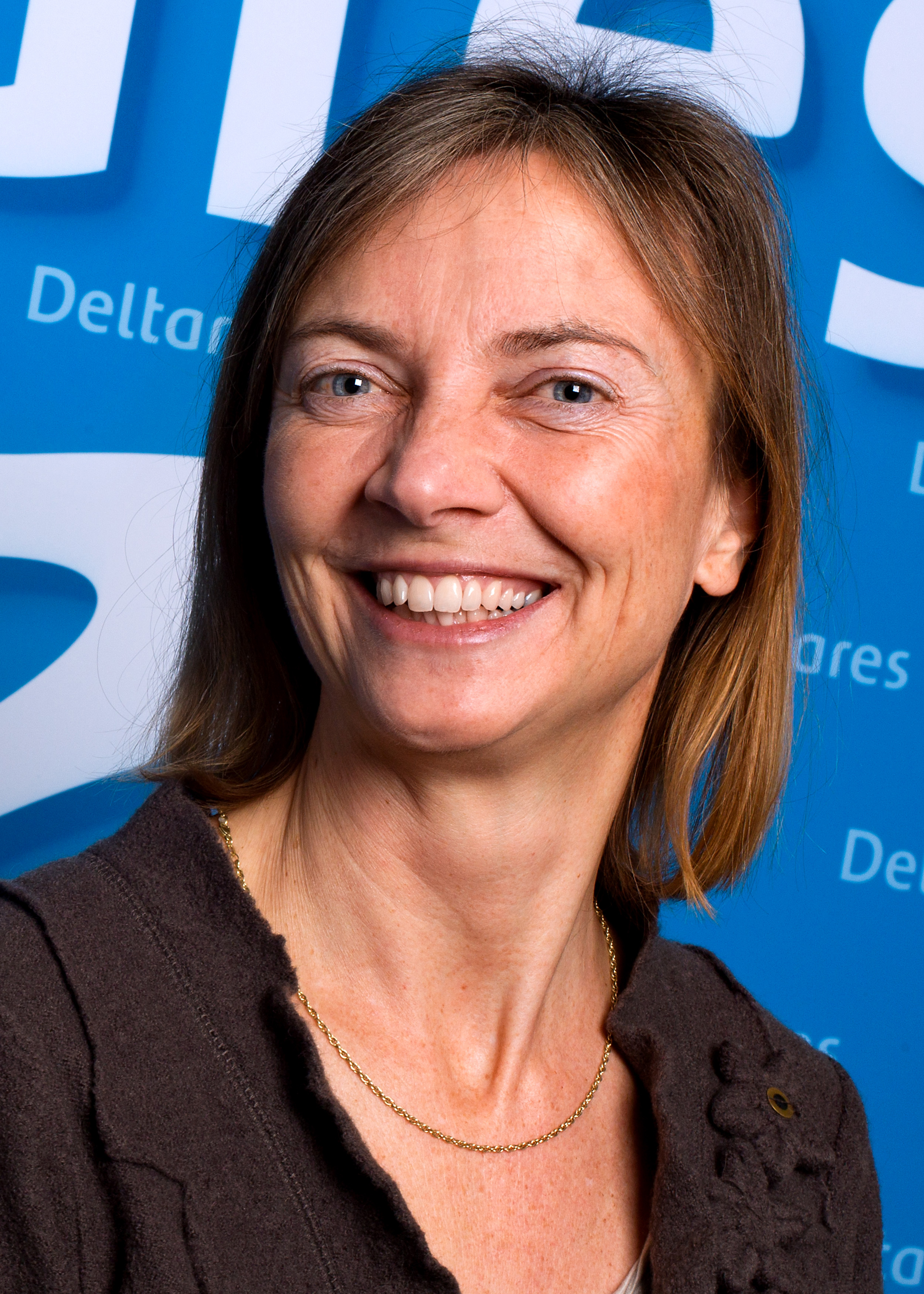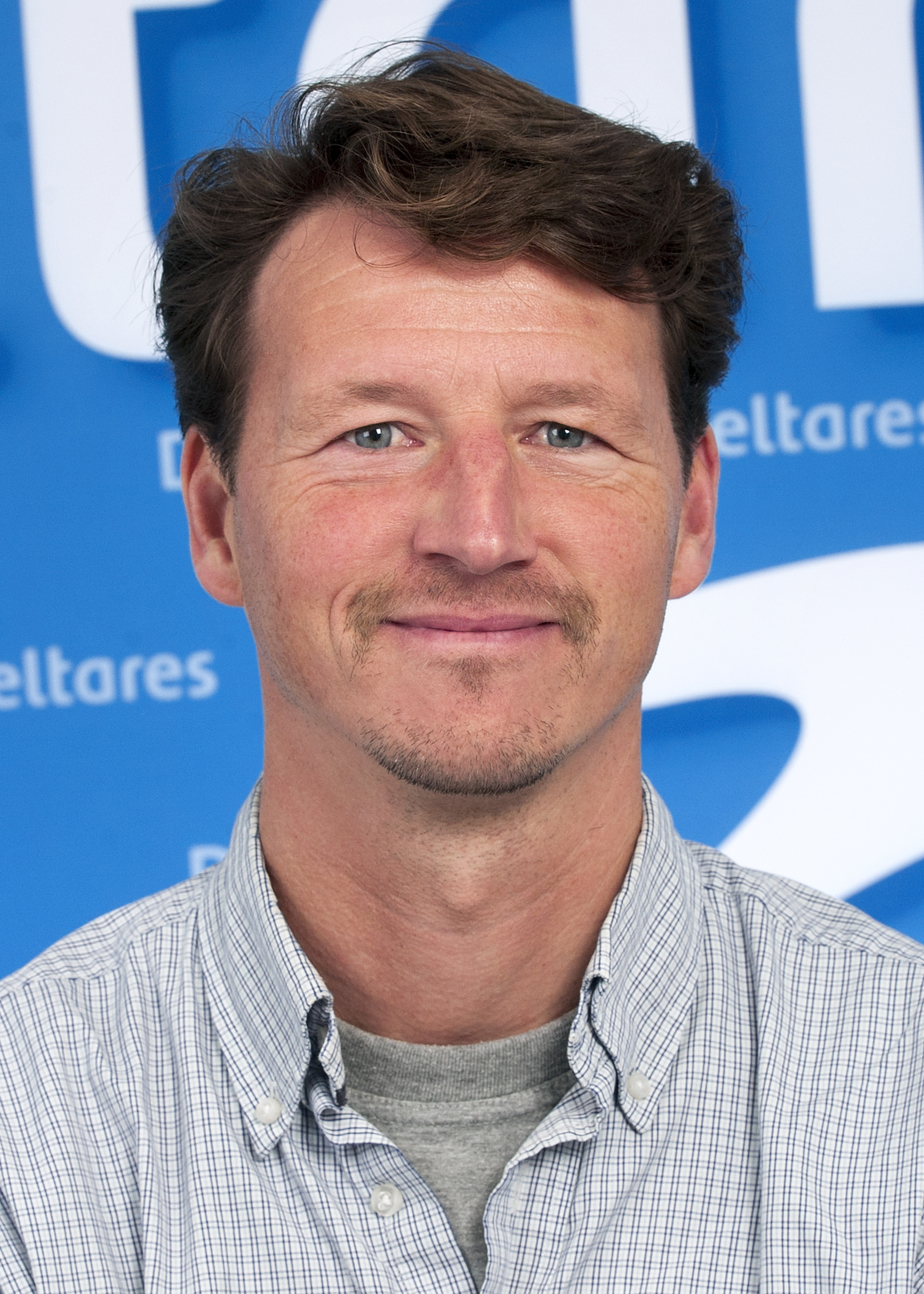Utilizing water and subsurface resources in the heat transition
To mitigate climate change and prevent further global warming we need to accelerate the transition from fossil energy to sustainable energy sources. In the so called ‘heat transition’ in the built environment, the Dutch government, industry and knowledge institutes have identified renewable energy sources for collective heating and cooling systems. In these systems, water and subsurface play an important role as a source of energy, such as aquathermal and geothermal energy and also as a storage, buffering and transport medium for heat. Examples of such storage and buffering systems are aquifer thermal energy storage (ATES) and high-temperature energy storage systems. The challenge is to combine a reliable and sustainable use of energy from water and subsurface and to ensure a feasible spatial integration in the urban area.
Developing toolkits to design sustainable heating systems
Deltares has the expertise to design, manage and monitor sustainable collective heating and cooling systems from water and subsurface. We have developed modelling tools that help to design and plan collective heating networks and can be used by both heating companies and municipalities. An example of such a tool, is the design toolkit for collective heating systems. We develop solutions in which water and subsurface can be used sustainably as an energy source and for thermal energy storage systems and related networks.
Our experimental laboratory facilities are used for research into thermal energy storage system. We aim to play a leading role in the transition towards renewable energy sources for heating, by further developing the knowledge base for aquathermal and geothermal energy. Within the heat value chain, we work with partners from academia, government, utility companies and private sector, e.g. in the WarmingUP consortium. The specific experience and knowledge of these partners guarantees a direct testing environment and uptake of the knowledge, products and developed tools.
'With a lot of help from WarmingUP, we were able to quickly convert our knowledge agenda into concrete research. Through meetings and webinars of the Community of Practice we managed to connect many organizations and share knowledge. Experiences were exchanged and the results of research carried out were disseminated. This has led to a very active network, many (digital) activities and, most importantly, some 80 realized aquathermal projects with at least as many in preparation'
Erik Kraaij, programme manager Netwerkbureau Aquathermie
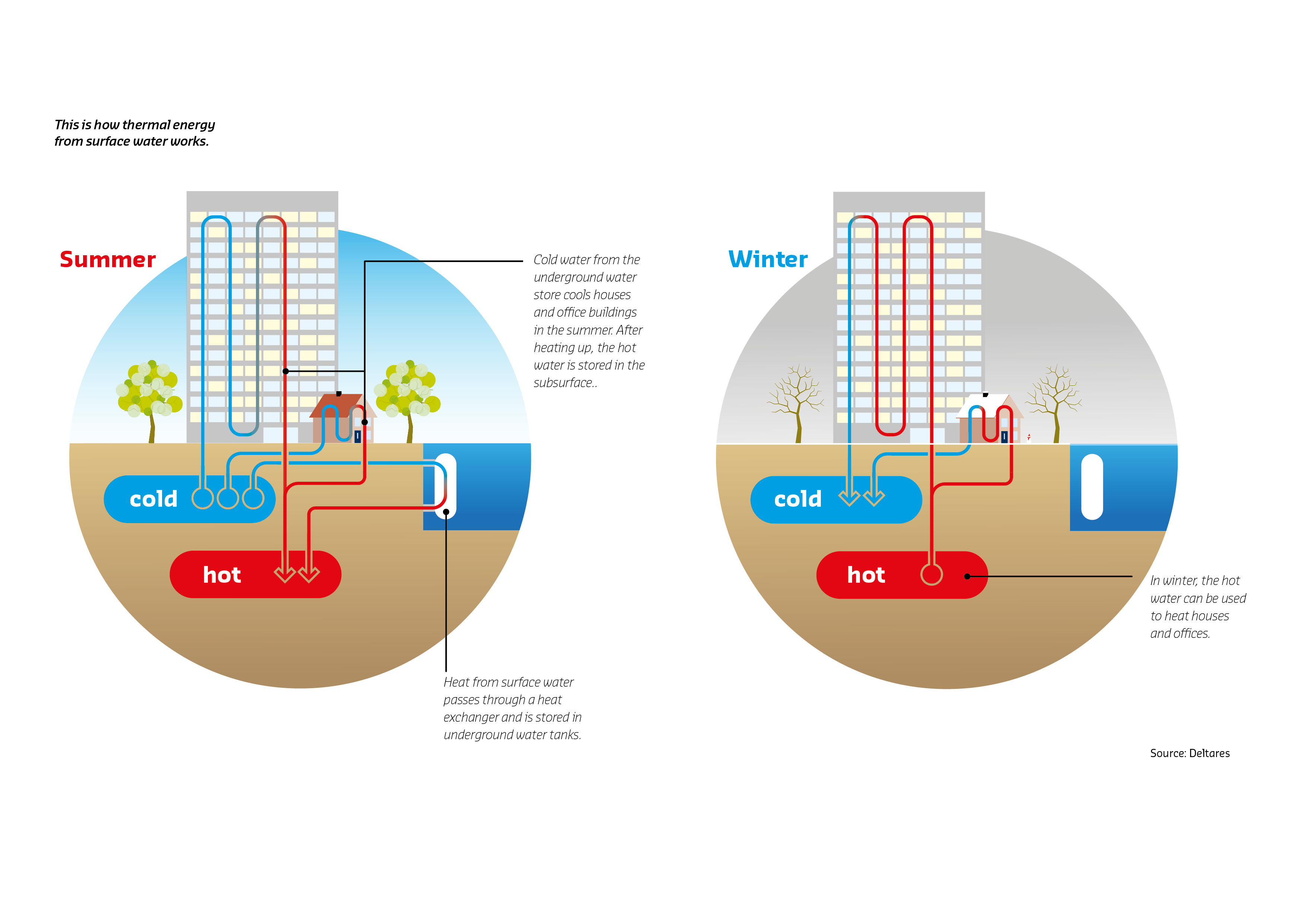
How does thermal energy from surface water work?
Co-operation to enable large-scale implementation
To accelerate and upscale the use of collective heating and cooling systems, a smooth cooperation between various public and private parties in the heat chain is a prerequisite. Both technical and social integration of systems are needed, with examples such as the Solar District Heating grid Haarlem. To enable large-scale implementation of aquathermal and geothermal energy, the business cases of these collective heating and cooling systems needs to be further developed to make them more cost-effective. In large scale programs such as WarmingUP, we will work on system integration, scaling up, making energy sources and storage more sustainable and reducing costs.

Facilitating the heat transition
By providing the right knowledge and tools, we contribute to the heating transition and the implementation of increasing numbers of sustainable collective heat systems in housing projects. The current Dutch national climate goal is that by 2030 the heating for 700,000 homes in the Netherlands will originate from sustainable collective heating systems from water and subsurface related energy sources. Our ambition is to enable the heating industry to operate 25% of these sustainable heating systems on heat from water and 50% with high temperature storage or geothermal energy systems.
A spatial image showing heat distribution is needed to establish a clearer picture of the efficiency of underground high temperature storage (60-90°C). Tests are conducted in the Deltares Water-Soil Flume with various measuring techniques to monitor the heat distribution of High temperature aquifer thermal energy storage (HTATES) in the subsurface. This will further the optimal use of heat production from sustainable heat sources. Heat suppliers and operators of heat distribution networks can use this knowledge to optimise heat production. In addition, municipal and provincial authorities can draw on the results to develop monitoring requirements for HTATES operators.
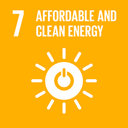
View SDGs
View Dutch Missions
